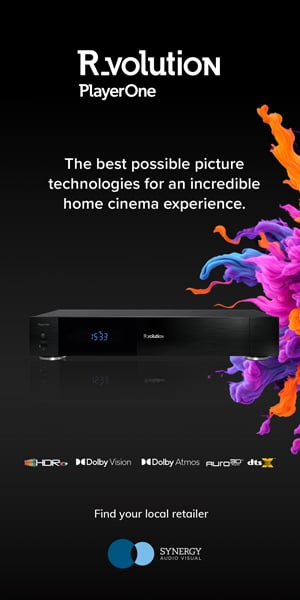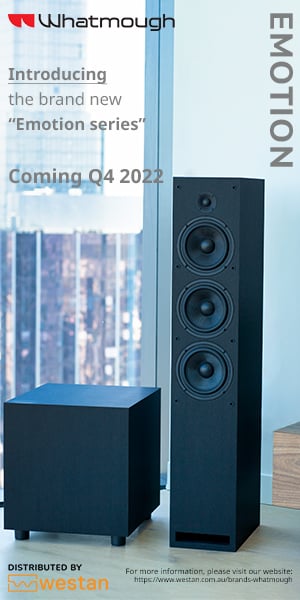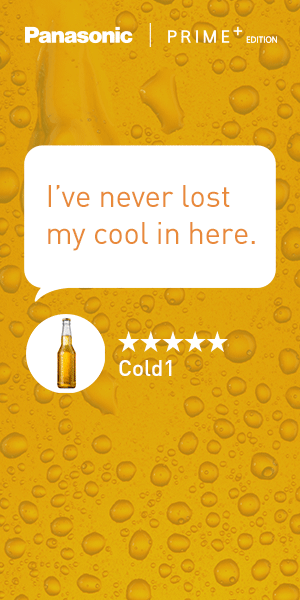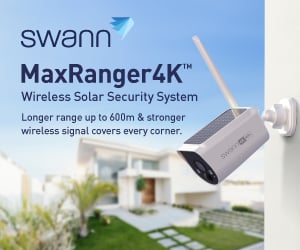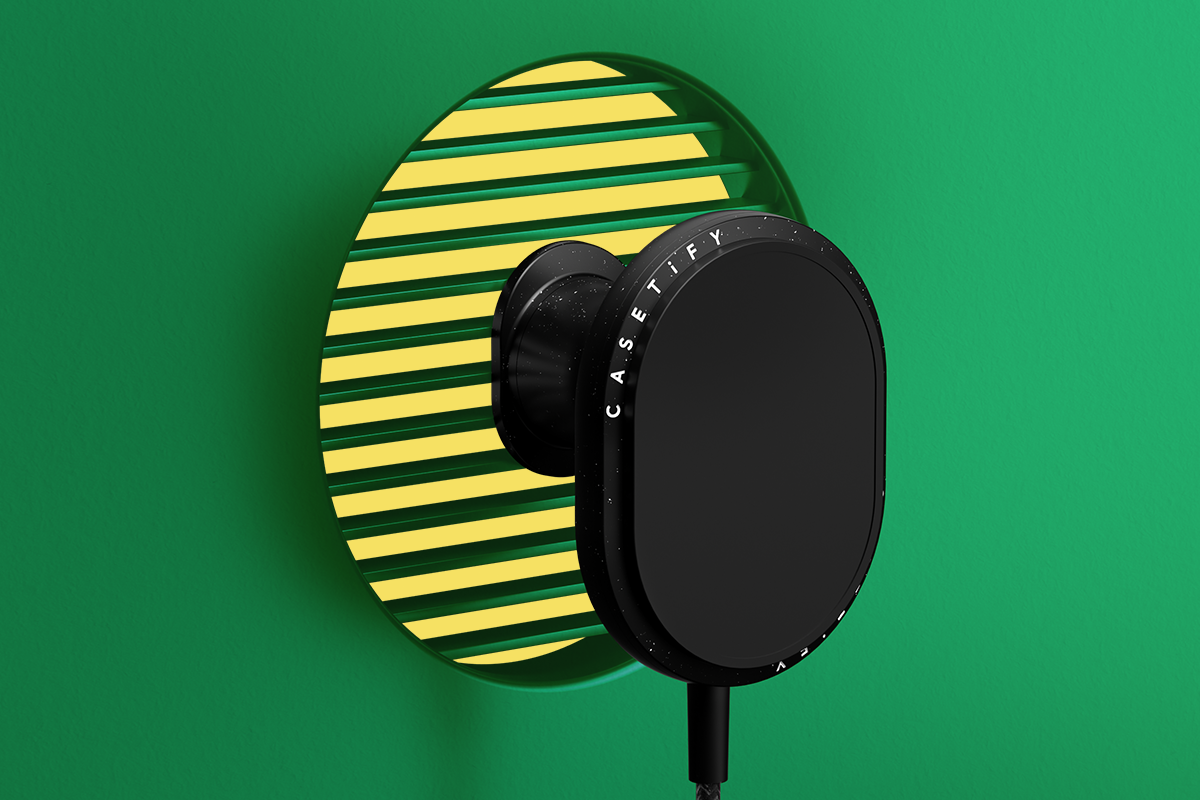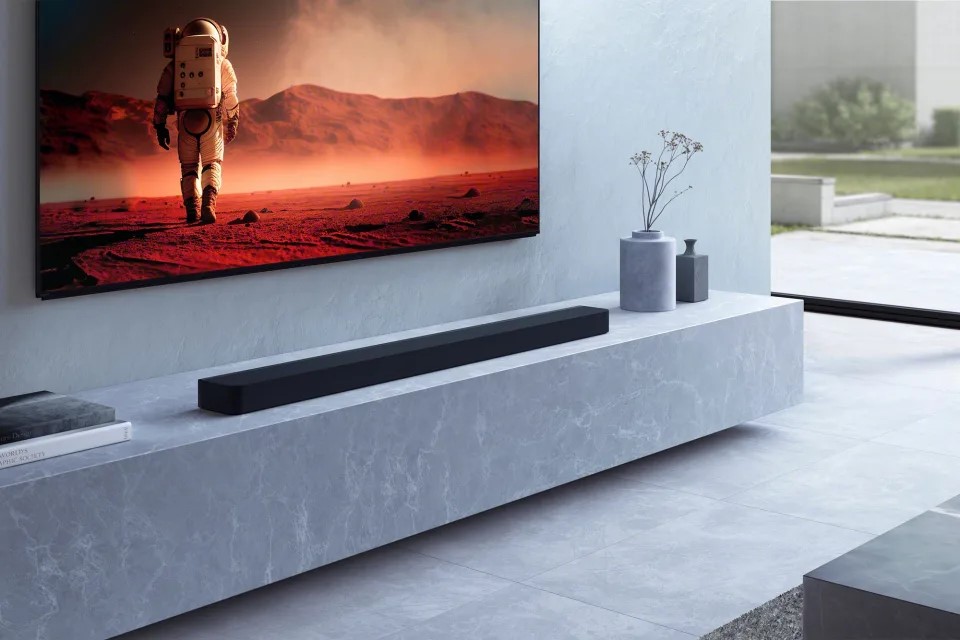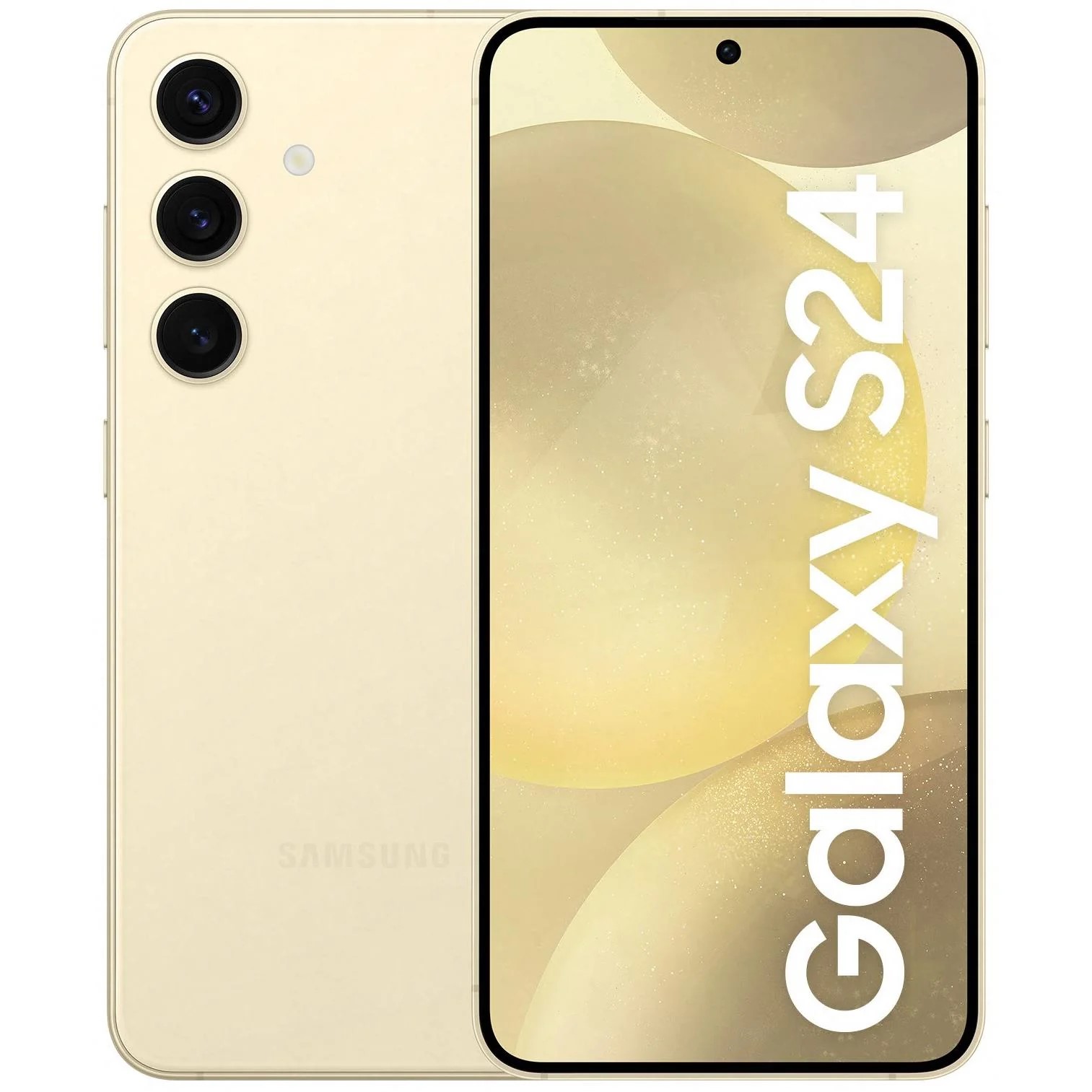
The devices that have been in the making for nearly two years follow an announcement by the Blu-ray Disc Association that they will begin licensing the Ultra HD Blu-ray format starting August 24.
Among the manufacturers who will have an Ultra HD Blu ray player will be Samsung, LG and Panasonic.
The launch of the licensing phase means the specs have been finally locked down, a logo is available for use, and development tools are available to test products are now being shipped to manufacturers said BDA member Dan Schinasi a senior Samsung executive.
It’s not certain, however, whether players will be available before Xmas or just after Xmas, Schinasi said.
Because Ultra HD players are required to play back 1080p Blu-ray discs, consumers will have more than 10,000 1080p titles to play back while the first Ultra HD discs roll out.
The new format will fill demand for Ultra HD content that streaming and broadcast-TV services won’t be able to fill even as sales of Ultra HD TV sets “ramp up quickly over the next few years,” said Paul Erickson, senior analyst at IHS Technology.
Citing the lack of Ultra HD broadcasts and the variables of household bandwidth, he said, “Ultra HD Blu-ray aids consumer adoption of Ultra HD by providing an immediate, tangible way to watch Ultra HD content that completely bypasses service provider and bandwidth-based variables.”
The Ultra HD Blu-ray format will deliver high dynamic range (HDR) content that “significantly expands the range” between the brightest and darkest parts of a picture and “gives consumers a more life-like viewing experience,” the association said. It also delivers expanded colour range, high frame rates up to 60fps, and resolution up to 3,840 by 2,160.
Like current Blu-ray players and discs, the Ultra HD Blu-ray format will also deliver object-based sound formats.
The new format will also add an optional “digital bridge” feature that would let users download a copy of a disc into the player’s memory or onto other in-home or mobile devices, if allowed by the content provider. The licensing agreement requires Ultra HD Blu-ray players to play legacy Blu-ray and DVD discs, and although it doesn’t require the players to play CDs, “the expectation is that all will,” said Schinasi.
The spec includes 66GB dual-layer and 100GB triple-layer discs but does not include single-layer discs. Mandatory video characteristics of players include the HEVC codec, which is 40 percent more efficient than the legacy Blu-ray video codec, for 3,840 by 2,160 and FullHD 1,920 by 1,080 playback from Ultra HD discs.
Players are also required to feature HDCP 2.2 copy protection, support peak 100Mbps peak video bit rates, deliver a bit depth of 10 bits to deliver smooth colour gradations, and support ITU’s BT.2020 colour gamut, which is a future-proof requirement that currently exceeds the capabilities of today’s displays, said Schinasi. Players must support Open HDR standards SMPTE 2086, MaxFALL, and MaxCLL, but players could support optional proprietary HDR technologies, which pass through HDR information as metadata, Schinasi said.
The spec doesn’t mandate a specific version of HDMI, though a version supporting 4K content would be needed to view 4K content. Mandatory and optional audio requirements remain the same as with Blu-ray players.
|
Error, group does not exist! Check your syntax! (ID: 5)

Popular Posts
Digital Magazines
Categories
- Appointment & Jobs496
- Automation471
- Communication2939
- Display1259
- Hardware2090
- Industry7485
- Latest News31844
- Networking984
- Sound1721
Recent Post
CASETiFY, the tech accessory brand headquartered in LA and Hong Kong, has rolled out new products under its PowerThru by... Read More













